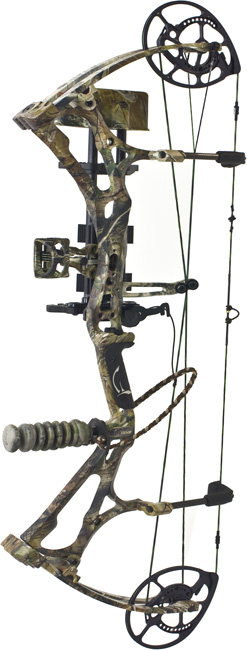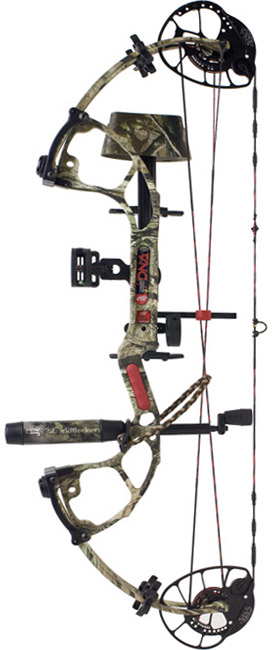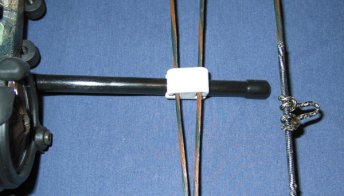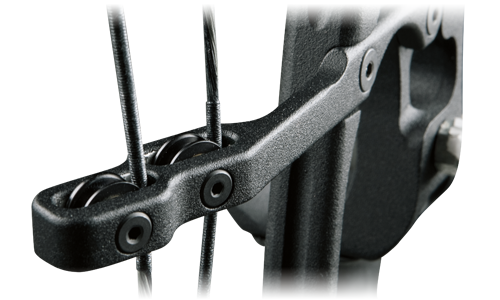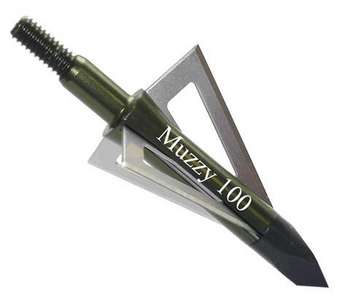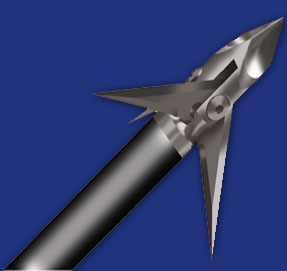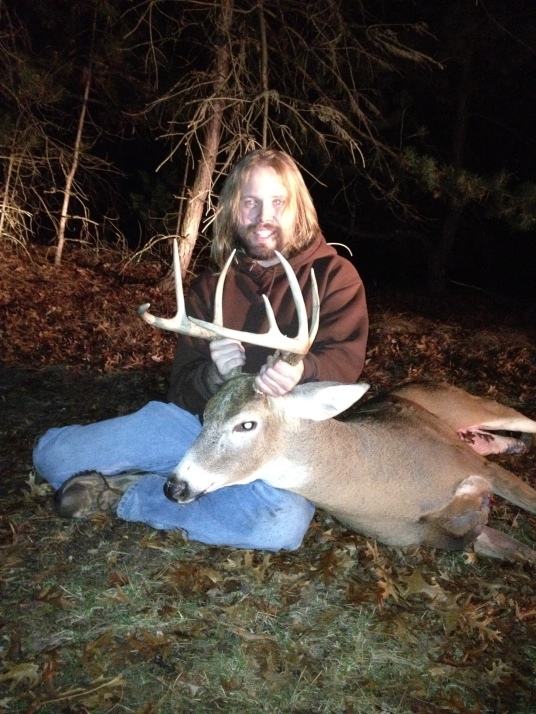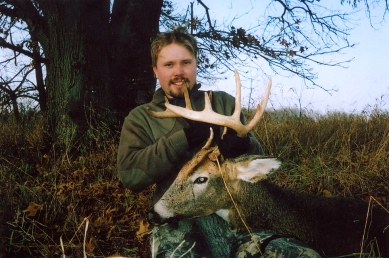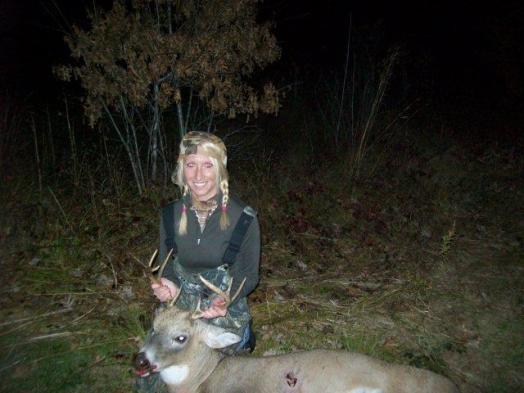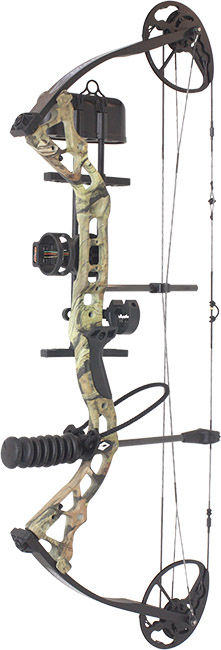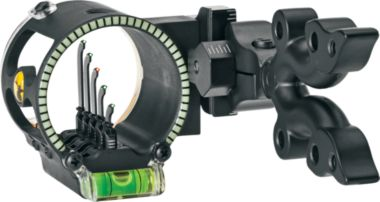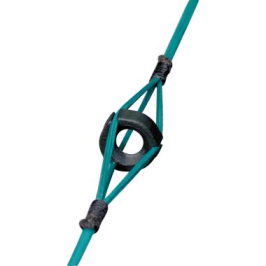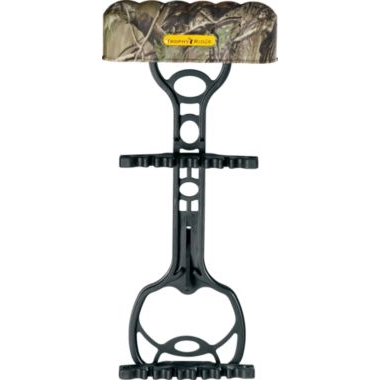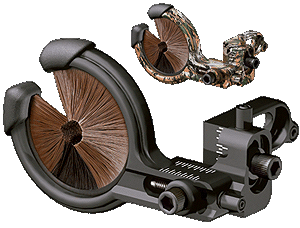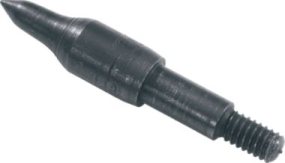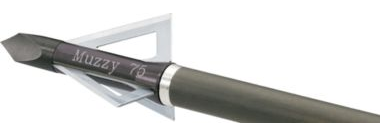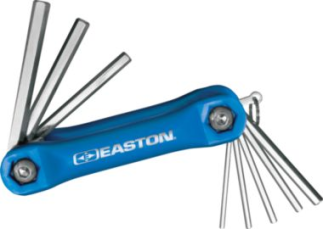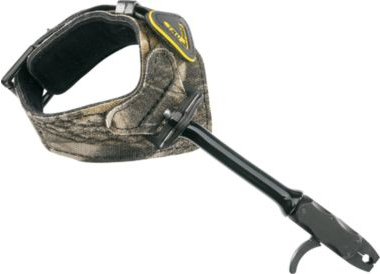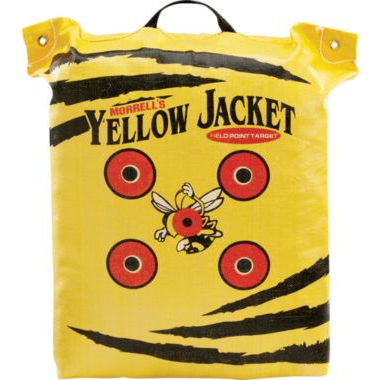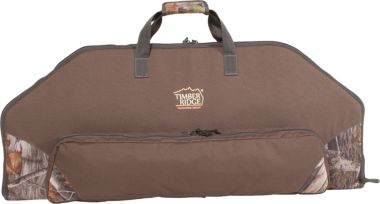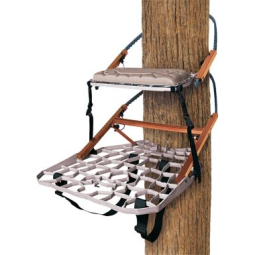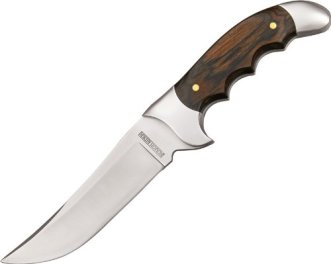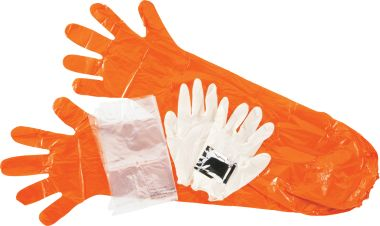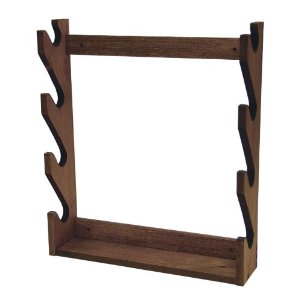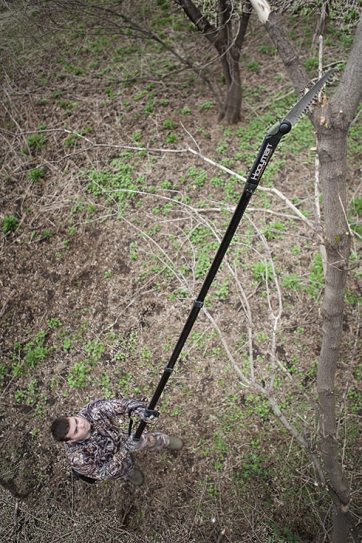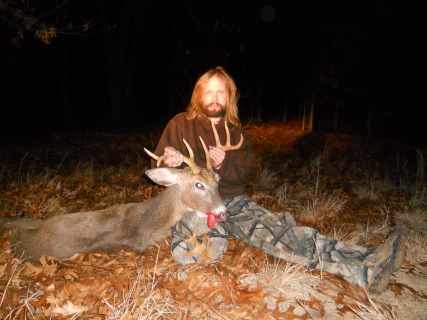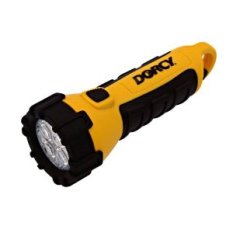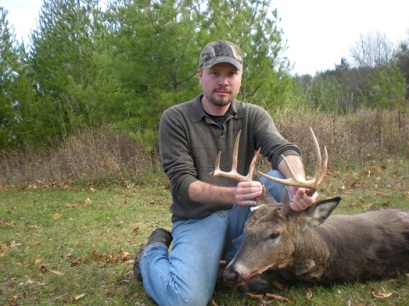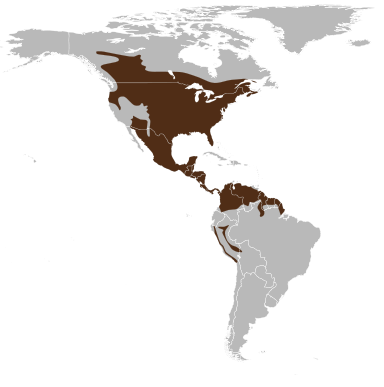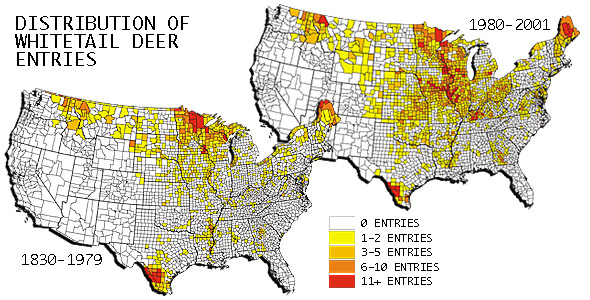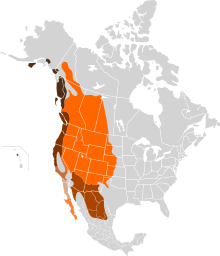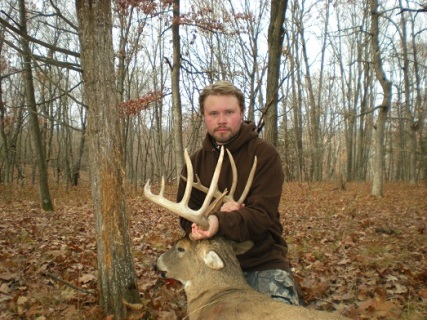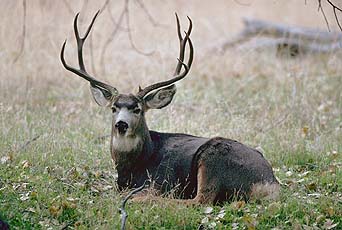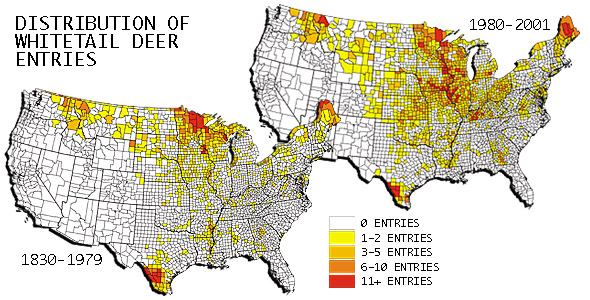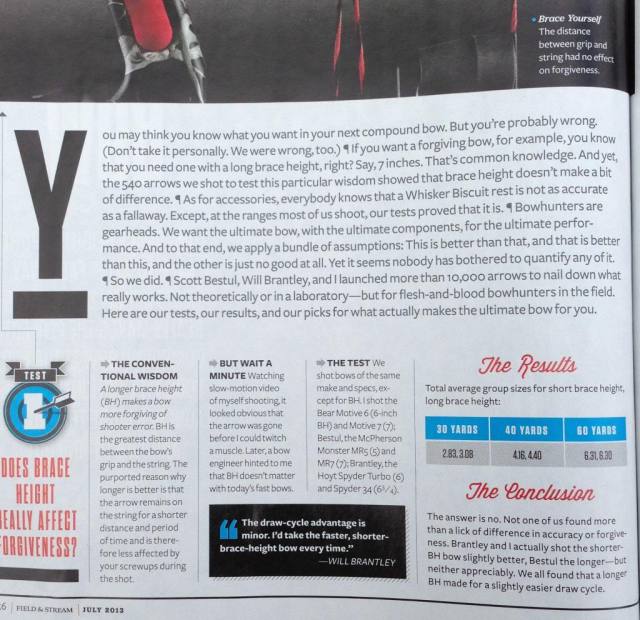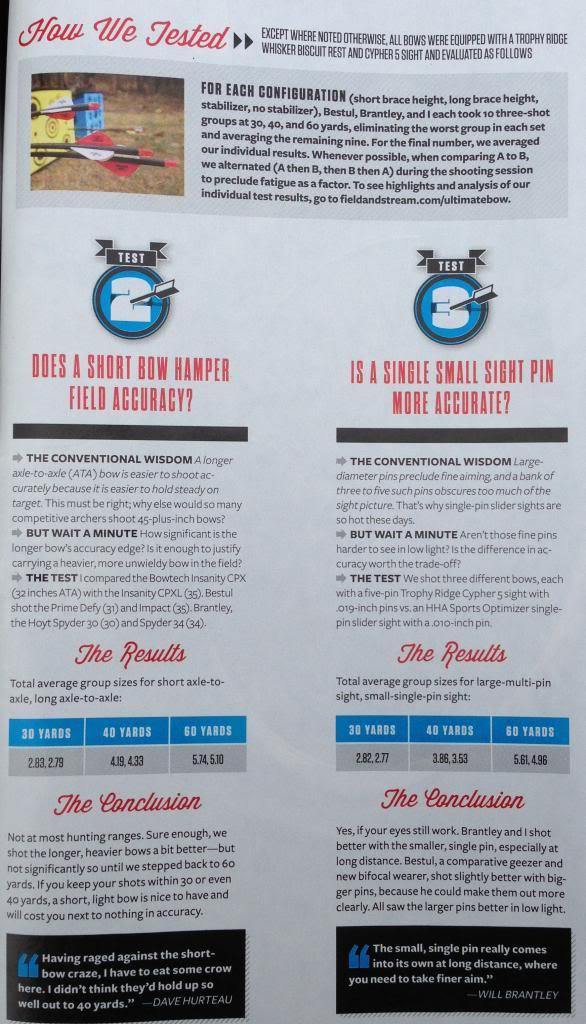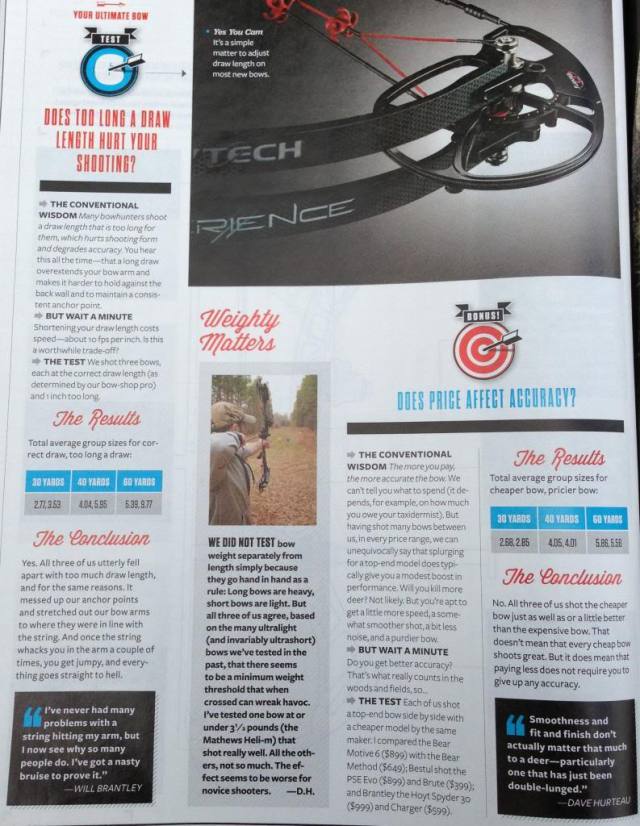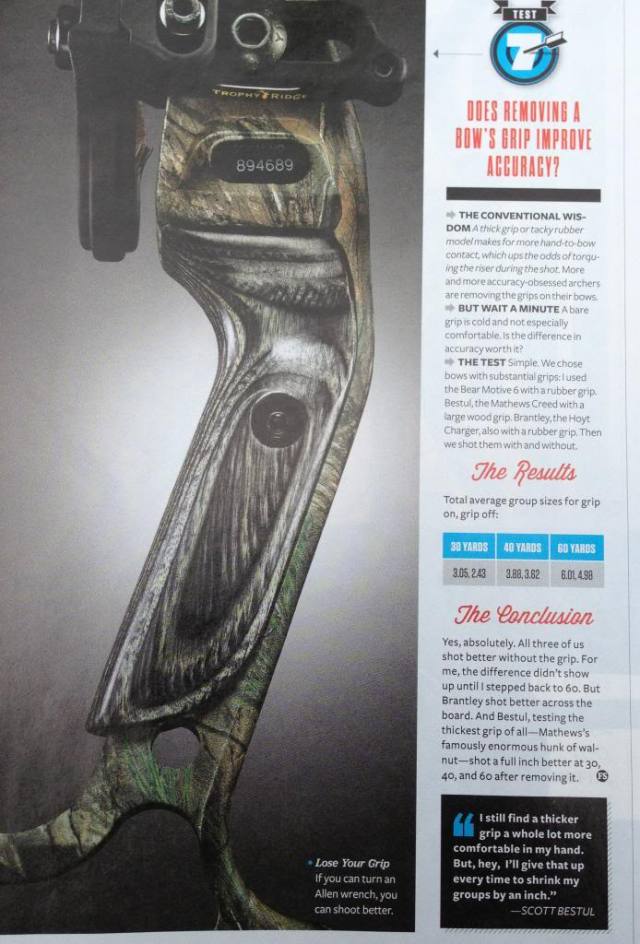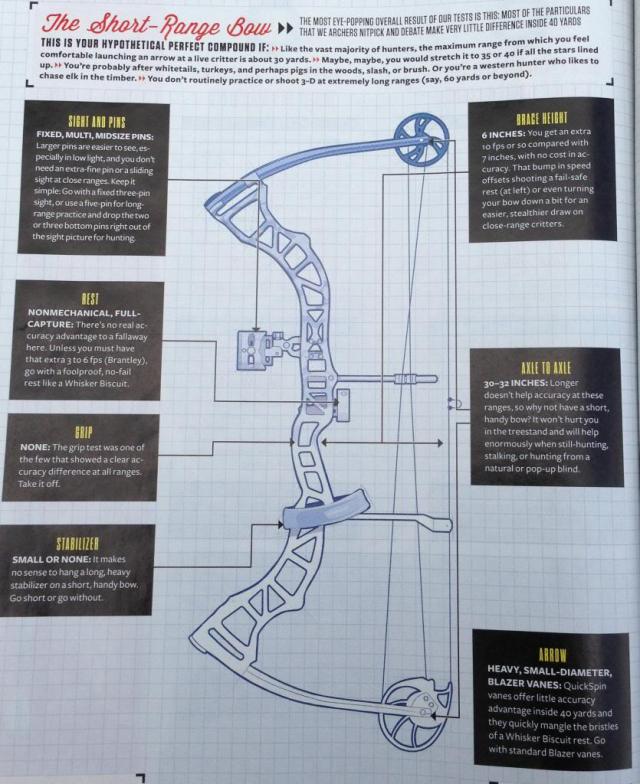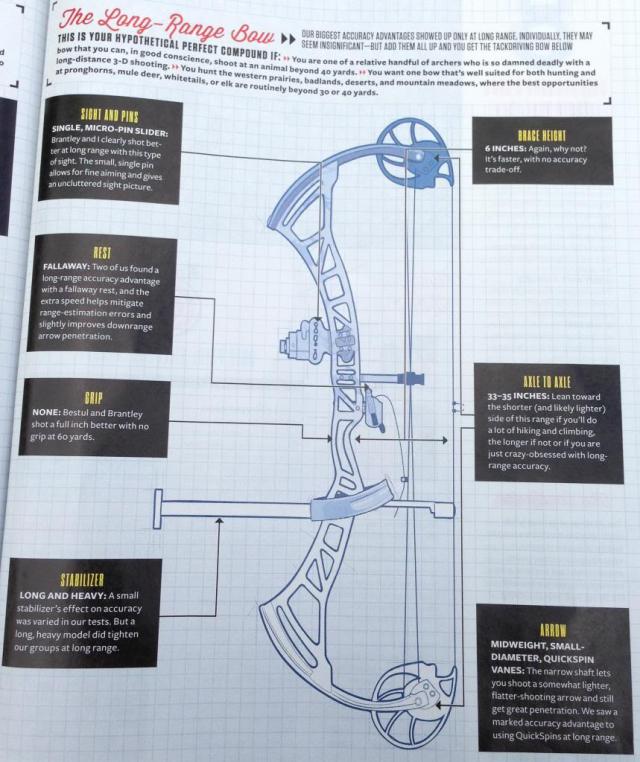I’ve been away (busy) for a bit and haven’t posted in a while. So I’ll respond to a few comments that I got since I’ve been away.
(In other news I hope to be re-sorted with my book and hope to have it out in two or three weeks, like I’ve been saying for months. Curse technology!)
Neu Hombre:
Considering picking up a bow this year, so this was a great read for me.
Request a post on cable guards – roller type vs slide? Not sure what the pros/cons are between the two, and would like to understand that as I look at different bows.
Best new bows I shot in 2013:
- Bear Motive 6 – $900
- PSE Brute X – $450
- Cabela’s (Bowtech) Regulator – $550
So far on the new 2014 bows I’ve learned that I don’t like the 2014 Bear Agenda 6 ($900) draw cycle and PSE forgot that they were supposed to be making parallel limb bows.
2014 PSE seems to prefer inferior pre-2000 vertical limb technology. Notice these two new $900 bows. Look at how the Bear bow has limbs attached to the riser at the top and bottom, and how the PSE has its limbs attached at the front.
Bear Agenda 6 (picture and review here)
PSE X-Force DNA (picture and review here)
That’s pre ’00s technology. And I didn’t know what hand shock was until I shot a 2014 PSE Surge. (Dear PSE, the Brute X was great, too heavy, but great; make that instead.)
Read Hunter’s Friend’s Compound Bow Selection Guide for a good understanding of what too look for in a bow.
My dad is also looking at getting a new bow this year. I’ve convinced him to wait until a few more 2014 models come out, but unless one is better he’ll likely get a Cabela’s (Bowtech) Regulator. (And I’ll junk all of the accessories that come with it.)
I’m not exactly a technical marvel, nor hugely interested in how bows work, but there are some things I know.
The cable slide, or cable rollers, keep the cables (the non-string “strings” away from where the arrow will be.
Cable slide example (picture from here):
Cable roller example (picture from here):
The first thing that comes to my mind is that my 2007 Diamond Black Ice is great, except that the cable slide that came with mine busted after not too many shots. Just like everyone else’s Black Ice slide. And I went to the archery store, spent a buck or three and was all set, and have been ever since. If you break a cable roller it may mean a whole lot more parts to replace and at greater cost.
Another thought is that some cable slides like those that come with PSEs and the Diamond Infinite Edge allow you to push a cable right out of the slide. That’s not good when you are shooting. But it is easy enough to replace with a slide that has the cables fully encased.
I am about to replace my bow string quite soon. The reasons for this are: better before I need to rather than too late, and becasue my slide is just barely starting to wear on the cables. (My 5 year old string still looks better than nearly all non-new strings I’ve seen on customer’s bows.)
My opinion on slides vs. rollers is that slides are simpler and simpler to replace, but roller make more [string wear] sense. But any preference that I have for one or the other is not much relevant becasue I’d take a bow I prefer otherwise with the cable guide I don’t prefer over a bow I don’t like that has the cable guide I prefer.
—
Lance Burkhardt:
I disagree on the Muzzys. I bought a set that were out-of-spec and the trocar went down over the blades only with great force. Muzzy sent me a new set that I haven’t tried. Since then, I bought some Ramcat 125 gr broadheads and they seem fine at a fair price.
There are things to know about Muzzy fixed blade braodheads. Muzzy compound bow broadheads need to be assembled. The better they are assembled the better they fly. (By “trocar” he means the tip that goes at the front of the broadhead. The black tip.) It is very easy to assemble a Muzzy broadhead badly, and it does take a lot of effort to get the tip down that last millimeter. I assemble mine with as much precision as I can manage. Nearly all other broadheads do not need to be assembled, and if you do not want to assemble the broadheads yourself, then you should get something else.
As for a “fair price”, nearly all broadheads are 3 for $40 except some Muzzys which are 6 for $40.
Ramcats do have two good arguments over Muzzy 3-blades: 1) a Ramcat is more aerodynamic, which should mean more accuracy and 2) The Muzzy 3 blade with a cutting diameter of 1 3/16″ has the second largest cutting diameter of any fixed broadhead (as far as I know) and the bigger the cutting diameter the more damage done to the deer. Guess which fixed blade broadhead has the largest cutting diameter?
If I were going to switch from my Muzzy 100gr 3 blades the contenders for consideration would be the Ramcat, and Shuttle T-Lock. I’m sure that there are other good fixed blade broadheads, but those three lead my consideration.
Let me know Lance, how they work on deer. I’m willing to change any part of my equipment if it will give me an upgrade. But my Muzzy, with a perfect hit, gave me a foot wide solid blood trail for 20 yards before finding this guy in 2012, and six to eight other bucks have gone down to them:
—
Lance:
I bought a Plano Bowguard case and it takes up a ton of room and doesn’t fit the bow with the quiver attached. It’s probably pointless buying a case that doesn’t really protect your bow though.
What’s the $200 sight you like? Spending less on a sight just means more agony sighting it in. I wish I hadn’t skimped on mine.
I have a 2012 PSE Brute X and it seems fine.
The 2013 Brute X was my second or third favorite new bow shot last year, I’d imagine the 2012 one is very similar.
As it turns out, you need a bow case and an arrow case, becasue the two don’t really mix well. And it depends on what you’re protecting it from.
You reminded me in an earlier comment of the Montana Blackgold bow sights and I’m thinking of getting a custom sight form them. .029″ green top pin followed by .019″ green, .019″ yellow, .010″ green, .010″ yellow. But I’ll wait to make up my mind until after I get my string replaced.
—
I’m looking to gather all of the pictures of all of my bucks for one post, but I don’t have digital versions for each of them yet.
New pictures I have:
- Me, gun ’09
- cousin, bow, ’11
